
Serverless Computing vs. Containers – Which one to choose?
Over the last couple of years, there has been a significant rise in the adoption of serverless computing. And the adoption of Containers is also growing at a rapid pace. And this probably brings you to the question – should you choose Serverless or Containers. This is because both these technologies have something in common.
The similarities between the two:
Serverless is a good option for microservices. Containers is perfect for microservices as well. They both have a modern architecture that can cater to your requirements in the future as well. And they both possess skills when it comes to leveraging the most strategic innovations in distributed systems, and they let you develop and deploy large-scale applications. But yes, there are slight differences in the way the deployment is made.
What is serverless?
Serverless computing is called so because enterprises do not have to purchase servers for operating their backend code. It is not that there aren’t any servers, the servers are there, but they are managed and handled by the third-party vendors who are fully responsible for the working of the servers. When AWS Lambda and Azure Functions were launched as cloud based services for serverless computing, they instantly became a hot trend.
What are the containers?
Containers are an operating system virtualization method whereby you have everything to run and deploy an application without any hassle. It has all the elements like system settings, system libraries and all other elements to run the application. Therefore, you can use the containers to deploy any type of application. All the Container needs is hosting and they can run anywhere in a single package. It can run consistently and quickly without worrying about the deployment environment.
It is important to conduct an educative assessment between Serverless and Containers. This is because Serverless is not suitable everywhere and a wrong choice can break everything. Hence, it is important to determine what kind of architecture you need, the application it has to host and the steps to be taken for successful deployment.
 Image source: Pexels
Image source: Pexels
Here are some situations where you can use serverless computing.
To process real-time data streams and uploads – Serverless functions make it easy to transfer resource intensive real-time processes away from the main applications. So, it is perfectly capable of parsing and filtering incoming data streams, manage input from real-time devices, manage both intermittent and high-throughput data streams and process uploaded files.
It can manage high-volume background processes – Serverless makes it possible to move data at high volume to an analytics service. This could be very beneficial in point of sale services where serverless makes it possible to coordinate inventory, manage different databases including order and transaction databases, and even intermittent tasks like restocking.
It can manage backend tasks of mobile/web applications – Serverless takes a request from the frontend (of the website or application), retrieve the information and then hand it back to the front end. The billing for this kind of tasks will be based on the backend tasks that it does; all other times it is idle.
Containers can fill out the limitations posed by serverless computing
Serverless computing does come with its share of limitations, so you do really need something to counter that.
Earlier, it was mentioned that Azure Functions and AWS Lambda services were hot trends when they were released, but there are limits that inhibit their full functionality. There are restrictions on memory use, size, time available for functions to run and so on. Hence, vendors take care to keep the functions small so they don’t take too much of the system’s resources. Imagine the situation wherein a small number of high demand users block everyone else out or at worst, overload the systems. That could be really bad, right?
Similarly, debugging and performance analysis are also restricted because they are too primitive. It is also difficult to use several of the monitoring tools with serverless functions because of the lack of access to the function’s container management system.
 Image source: Pexels
Image source: Pexels
A few areas where serverless computing loses out to containers
(1) Easy for large and complex applications
A container-based application can be large and complex and it is possible to tailor the new architecture as per the redesigned system. If you try to apply the same through a server less application, you may still be able to do it, but you would have to encounter several bottlenecks as there would be size and memory constraints.
(2) The developer gets full control
Another advantage of a container-based application is that the developer gets full power and control of the containers. The developer can debug and test with the complete set of resources at his disposal, perform in-depth monitoring, performance tuning on a microservice by microservice level. Microservices are applications that can be broken into smaller, scalable and deployable components on an independent level.
(3) Makes migration easier
It is easier to migrate your applications in containers, taking the pain out of deployment. It is also easy to move the apps between servers.
Closing Thoughts
Containers would be a good choice if flexibility during installation is more important for you, especially with software that has specific version requirement. It gives the developer control over the installed programming language and runtime version.
However, more of manual intervention is needed with Containers, when you compare this with serverless computing. This makes serverless computing a better option, especially if you want automatic detection and handling of traffic pattern changes. It is also a good option when you don’t want to be bothered about administration of the underlying infrastructure, because all you need to do is worry about the business value and the quality of code.
Choose Containers:
When flexibility is more important to you, and when you need easy migration between legacy services.
Choose Serverless:
When you prefer automatic scaling of apps, want speed of development to be accelerated and would like to lower runtime costs.
Author Bio:
Digital Marketing Manager with 7 years of experience. Passionate about the latest trends in Digital Marketing, Technology and App Development.







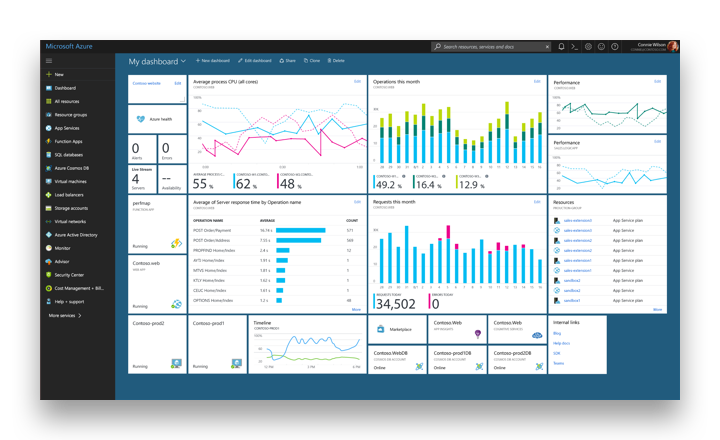
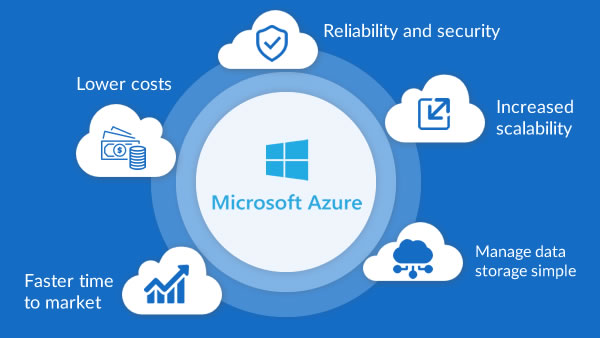







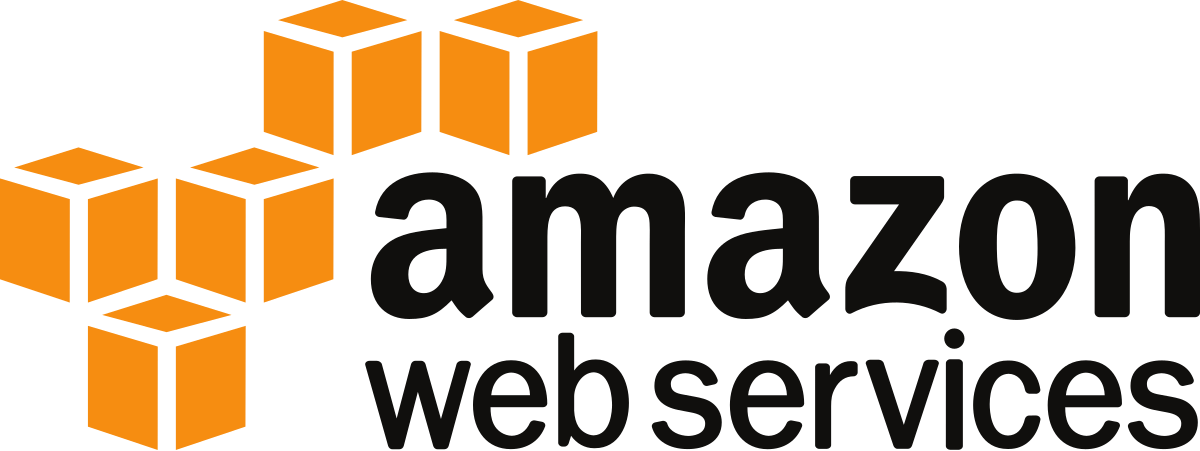










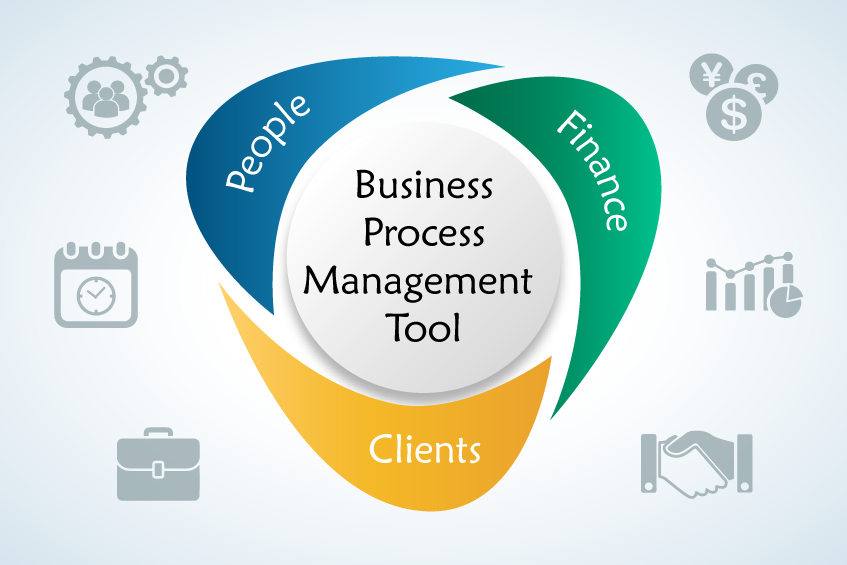
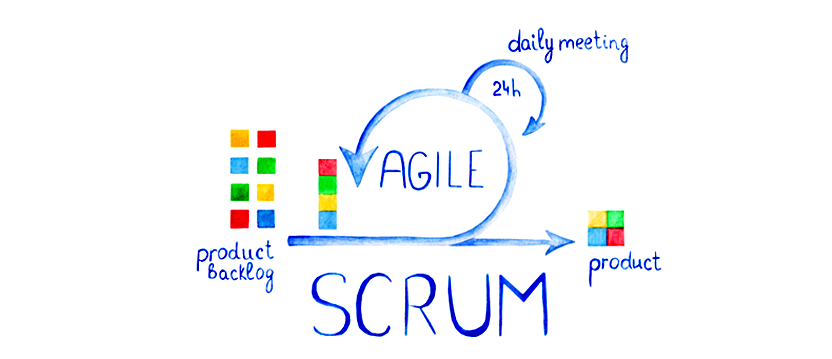
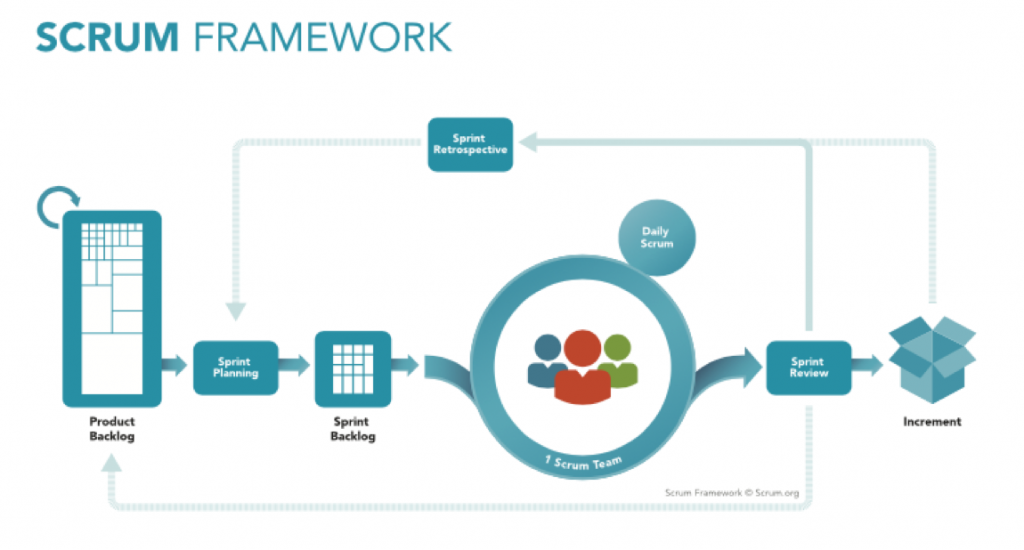


 Source –
Source –  Source –
Source –  Source –
Source –